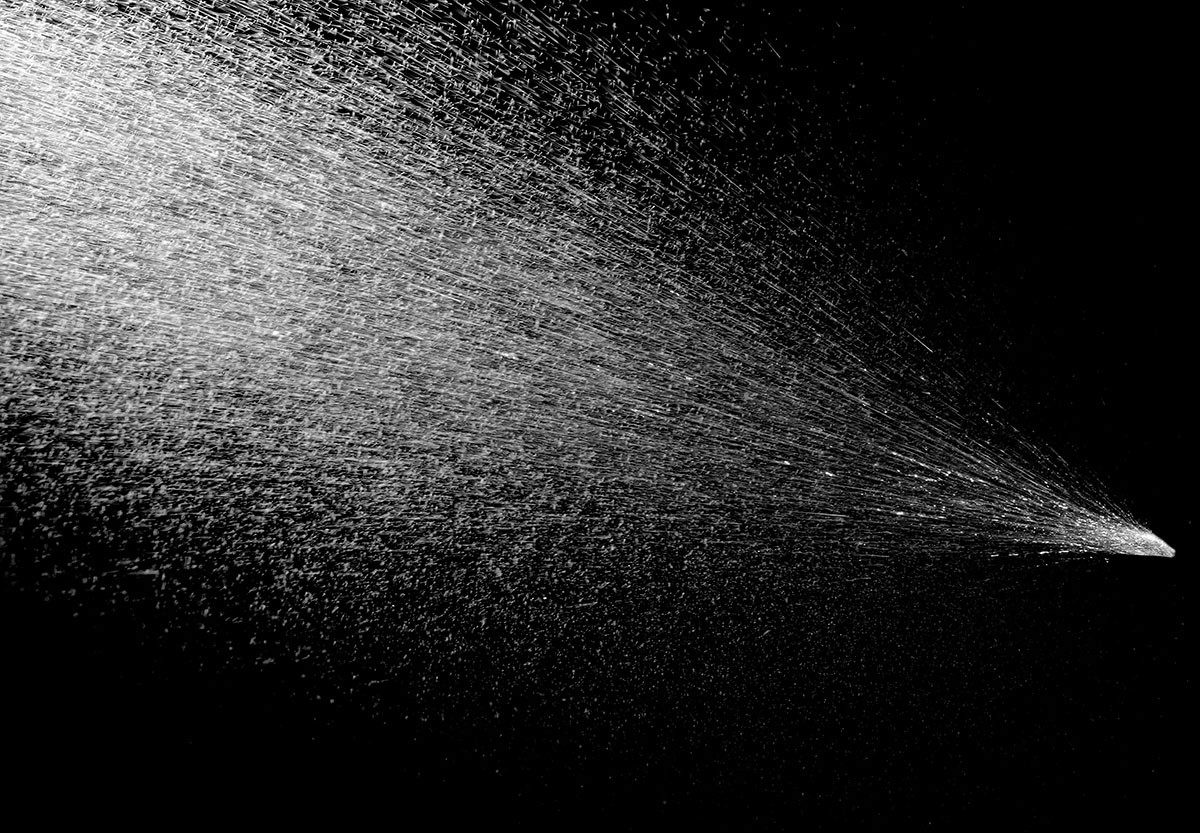Understanding Aerosol Particle Size Classification: Why It Matters and How ARE Labs Can Help
Jul 30, 2024
Introduction to Aerosol Particle Size Classification
Aerosol particle size classification is critical to aerosol research and development, impacting product performance, safety, and regulatory compliance. ARE Labs provides comprehensive Particle Size Distribution (PSD) testing services to help you understand and control the size characteristics of your aerosol products. This article introduces the fundamental concepts of PSD classification, including D[10], D[50], and other relevant metrics, explains why this information is essential, and highlights why ARE Labs is your best choice for PSD testing services.
Applicable Test Standards
Our testing methods adhere to international standards to ensure accuracy and reliability. Some of the essential standards we follow include:
Figure 1: Malvern Spraytec Laser Diffraction System
What is Particle Size Distribution (PSD)?
Particle Size Distribution (PSD) is a measurement that describes the range and frequency of particle sizes within an aerosol sample. Understanding the PSD is crucial for several reasons:
Performance: The size of aerosol particles affects how they behave and perform in applications such as pharmaceuticals, cosmetics, and industrial sprays.
Safety: Inhalable particles must be within a specific size range to avoid health risks.
Regulatory Compliance: Many industries have strict regulations regarding particle size, making accurate PSD measurements essential for product approval.
Key Metrics in PSD Classification
Figure 2: Graphical Illustration of D10, D50, D90, D[4,3] of Aerosol Generated by a Sample Device
D[10], D[50], and D[90]
D[10]: This value represents the particle diameter at which 10% of the sample’s mass consists of particles smaller than this size. It provides insight into the fine particle fraction.
D[50]: Known as the median particle size, this value indicates that 50% of the sample’s mass comprises particles smaller than this size. It is a crucial measure of the central tendency of particle size distribution.
D[90]: This value signifies that 90% of the sample’s mass consists of particles smaller than this size. It highlights the coarse particle fraction.
D[4,3]: This is the mean diameter based on the volume distribution, often called the volume moment mean. It is beneficial in applications where particle volume affects performance.
(D[3,2]: The Sauter mean diameter is the mean diameter based on the surface area distribution. This metric is useful in processes where surface area, such as catalysis, impacts performance.
Geometric Standard Deviation (GSD)
GSD: This metric indicates the width of the particle size distribution. A lower GSD value means a narrower distribution, while a higher GSD value indicates a broader distribution. It is vital to understand the uniformity of the particle sizes.
Span
Span: This is a measure of the width of the distribution. The span provides a quick overview of the distribution range relative to the median size. A smaller span indicates a narrower, more uniform distribution.
Why Understanding PSD Metrics Matters
Product Development: A comprehensive knowledge of PSD metrics helps optimize product formulations and improve performance. For instance, particle size can influence drug delivery efficiency and pharmaceutical bioavailability.
Quality Control: Regular analysis of PSD metrics ensures consistency and quality of the product. Deviations in particle size distribution can indicate issues in the production process.
Regulatory Compliance: Detailed PSD data is often required for regulatory submissions. Compliance with standards like ISO 13320 and USP <429> is crucial for market approval.
Health and Safety: Understanding PSD is vital for assessing inhalation risks in aerosol applications. Ensuring particles are within safe size limits is essential for consumer safety.
ARE Labs: Your Partner in PSD Testing
ARE Labs provides accurate and reliable PSD testing services. Here’s why you should choose us:
State-of-the-art equipment: Our lab uses advanced laser diffraction and dynamic light scattering instrumentation for precise particle size measurements.
Expertise and Experience: Our experienced scientists and technicians are well-versed in the latest testing methods and standards.
Comprehensive Services: We offer a full range of PSD testing services, including initial testing, routine quality control, and regulatory compliance support.
Customized Solutions: We understand that each project is unique. Our experts work closely with you to tailor our services to your needs.
Conclusion
Understanding the various metrics of particle size distribution is essential for optimizing product performance, ensuring safety, and achieving regulatory compliance. ARE Labs is committed to providing top-notch PSD testing services to help you achieve your goals. Contact us today to learn more about our services and how we can support your aerosol research and development needs.




